In September 2023, I moved to Japan for a few months as part of an exchange during the last semester of my MBA. I was able to make this move because I work remotely for my company and because I had always dreamed of visiting the country that created Pokémon, PlayStation, and Nintendo.
Here are some random tips I can offer if you plan to visit the country.
Note: I have included referral links for some of the services I used. Feel free to Google the name of the service if you prefer not to use them.
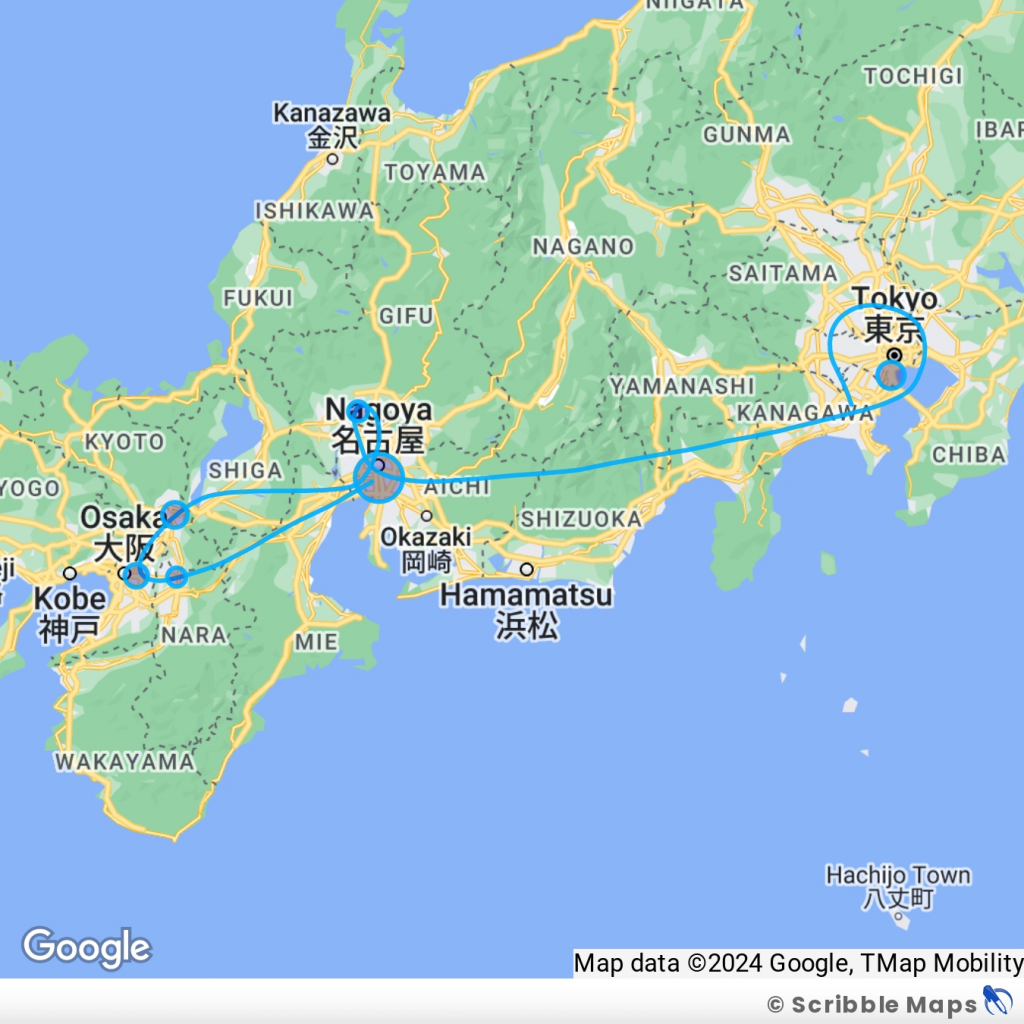
Language
Let me get this straight: Japanese people generally do not speak English. I used to live in Nagoya, which is as big as Rome, where I currently reside, but it isn’t a top tourist destination. In Tokyo, Osaka, and Kyoto, I didn’t have much trouble communicating with people, but in the city where I was based, even understanding what was going on at the laundry was a challenge. Be prepared to use Google Translate with voice translation. It’s a solution that often works.
Food
I didn’t have my private kitchen, so I had to rely on ready-to-eat food in the one-hour break during work. Easting sushi and pokè was cool the first week, than I had to look for something else to survive.
My recommendations: tonkatsu, unagi and ramen in any way it is prepared.
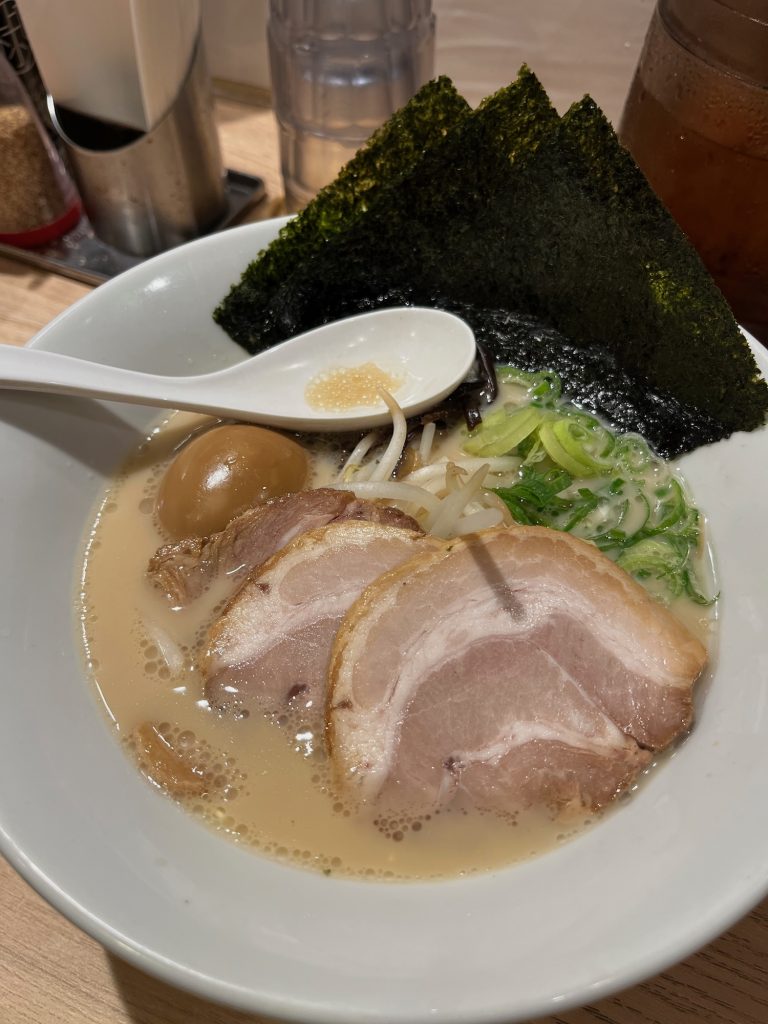
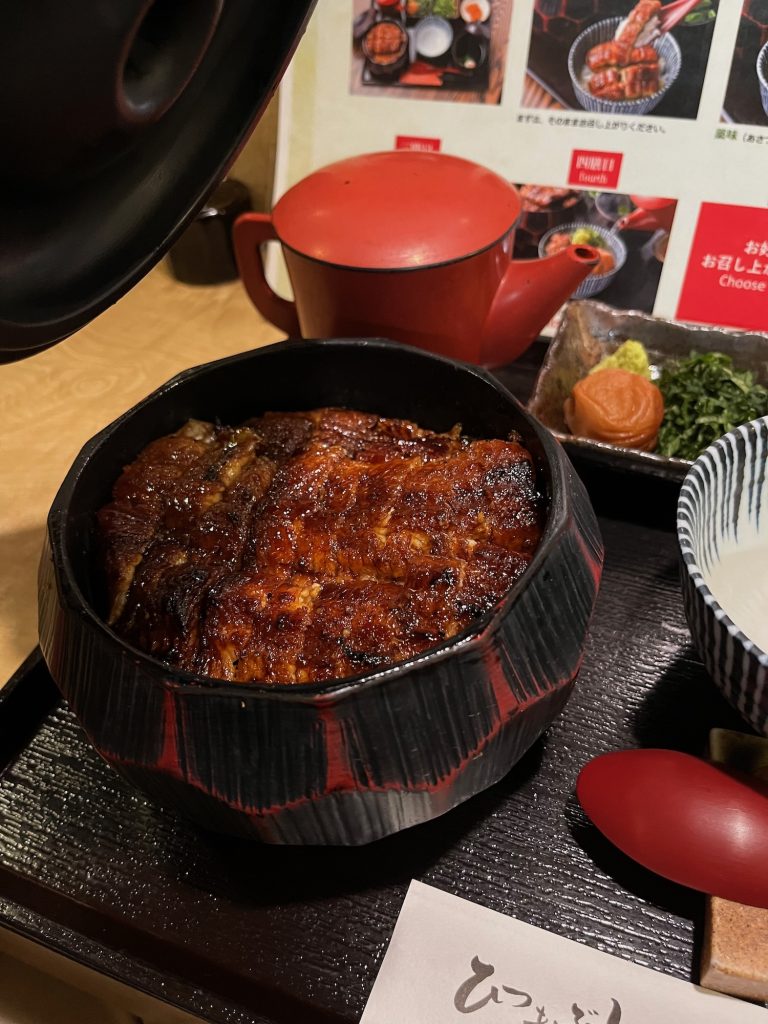
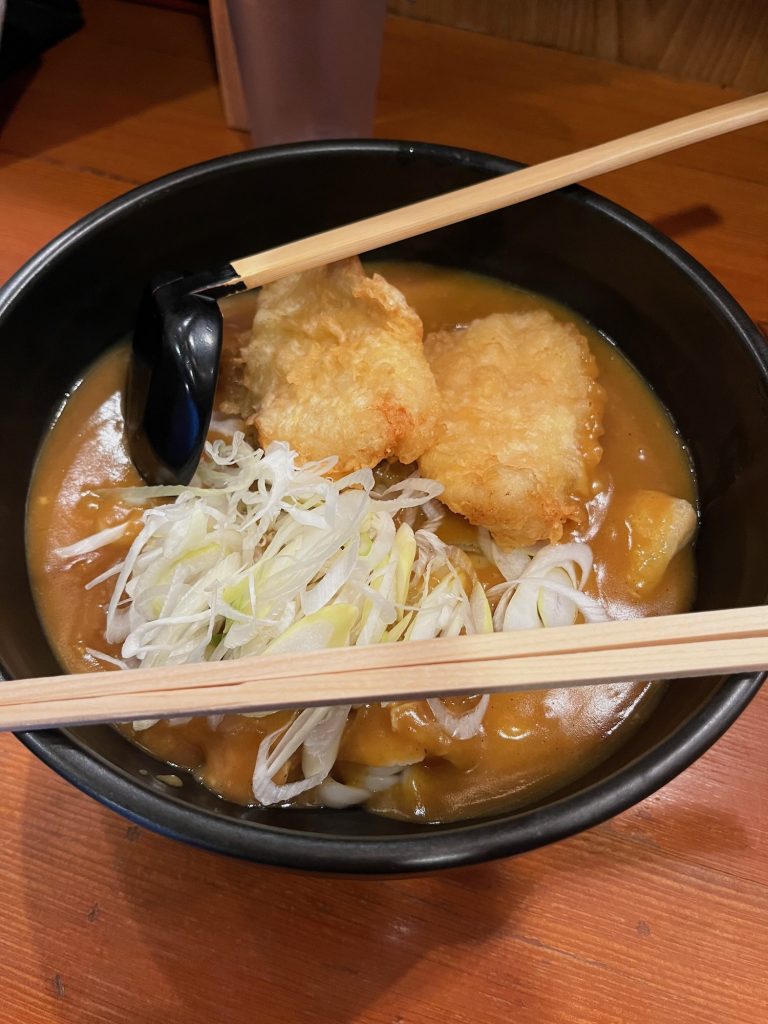
One cultural shock I experienced was the prevalence of restaurants designed for single diners. Once, I was with three friends and we went to a restaurant near the university that only had single seats. It’s also quite common to eat at the counter, and to order your food from a machine and then either give the receipt to the waiter or have your food delivered directly to your table.
Internet and Calls
My dorm had Wi-Fi, so I didn’t have any issues working from there. I didn’t buy a SIM card in Japan upon arrival; instead, I relied on a Holafly eSIM purchased before arriving. I got unlimited internet for 3 months for approximately 90€, which was a lifesaver for using public transport and making calls and sending messages via WhatsApp. My plan did not support sharing the internet with other devices, but I didn’t need that feature.
To call my grandmother, who still uses a landline phone, I bought some credit on Skype to make affordable calls to landline numbers in my country.
Money
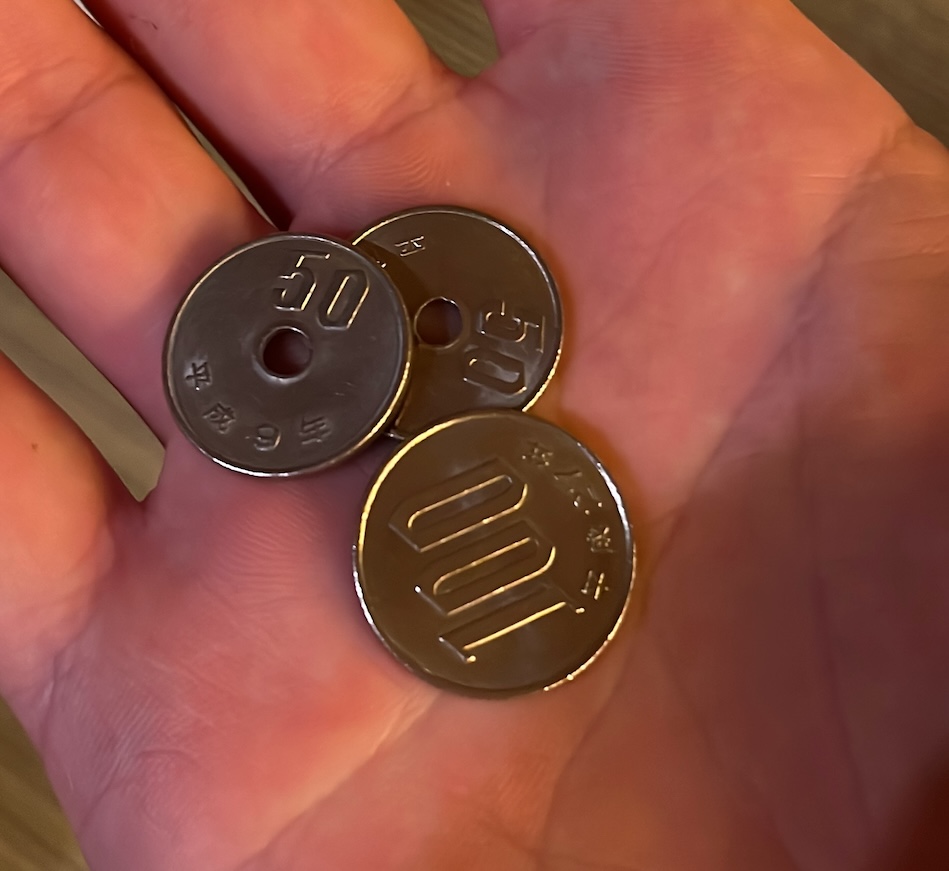
Japan still relies heavily on cash. It’s common for some places to only accept cash and not credit cards. Be prepared to withdraw money after landing. You will mostly use cash when going out for drinks, meals, and visiting museums. At the end of my three months in Japan, I had a box full of coins that I didn’t know what to do with. Fortunately, the airport duty-free allows you to pay by mixing cash and credit card, so I was able to use up my coins when buying some gifts on the way back.
Convenience stores (konbini) usually have an ATM inside, but I always incurred fees when using them.
For credit cards, I suggest opening an account with Revolut. It offers free currency exchange on weekdays for payments. I also used my Amex, but incurred fees when paying with it.
When I was there, the Yen to Euro exchange rate was in my favor, making Japan relatively inexpensive overall. The biggest expenses you will encounter are flights and hotels.
Public Transport
This will be the largest section of this article.
You may have heard that public transport in Japan is privately owned. However, this won’t pose any issues for you.
Should you get the Japan Rail Pass? I’m not sure, as I wasn’t eligible to purchase it because I wasn’t a tourist. I’ve heard that in recent years, it’s not as advantageous as it once was, and it doesn’t grant access to express trains.
Paying for Transport and General Information
After you land, you can create a transport card directly from your device’s wallet app, such as Apple or Google Wallet. This is the most convenient way to pay for transport. All available cards, like SUICA or PASMO, function the same. You activate the card by loading it with money. To use the card, simply tap your phone at the gate to access trains or directly on the bus when you board or disembark. While you will mostly use your card for the metro, buses, and local trains, you can also use it to pay at most vending machines, convenience stores (konbini), and some restaurants. Unfortunately, I didn’t find a way to empty the card before leaving. My solution was to buy as many drinks as possible from a vending machine at the airport, and I still have my card today with 100¥ on it.
All mass transit systems close after midnight. There are no night buses, even in Tokyo, so if you end up far from your accommodation, you will have to rely on taxis.
Bringing luggage onboard mass transit is considered impolite, and during rush hours, you won’t be able to board with it. Speaking on the phone is also frowned upon.
Some trains have special cars reserved only for women, so pay attention to that when boarding.
Taxis
To reserve taxis, I used Uber because I couldn’t use the Japanese Taxi Go app, which required a local phone number. I found Uber prices to be cheaper than in Italy, but still the most expensive way to get around. All the taxis I used accepted credit cards. If you are unsure, try asking the driver “credit card ok?” since the Japanese word for that is quite similar to the English one. Additionally, drivers often ask if it’s OK to take the highway, as this incurs an extra fee. If you prefer the quicker route, let them know it’s OK to take the highway; otherwise, they might avoid it, and your trip could take longer than necessary.
To determine if a taxi is available, look for a sign on the windshield. You don’t need to understand the text; just remember that a RED sign means it’s available, ORANGE means reserved, and GREEN means it’s occupied. So, wave at taxis displaying the RED sign.
Shinkansen Trains
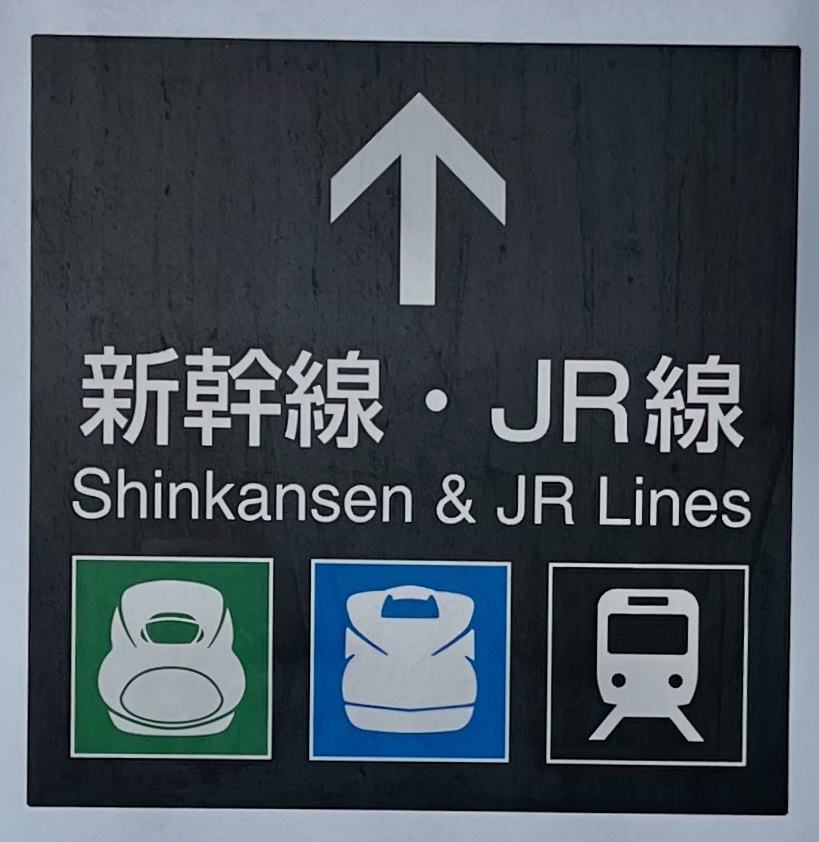
High-speed trains usually run every 10 to 20 minutes in any direction, which means you don’t necessarily need to book tickets in advance. It’s better to purchase your tickets at a train station either on the same day or the day before your trip, either at a ticket machine or at the counter. Be aware, the ticket machine may ask if you need an additional ticket for the Shinkansen. Generally, the answer for you is yes, as the Shinkansen ticket is considered a supplement to the base fare ticket. Both tickets need to be inserted into the gate simultaneously.
Shinkansen trains offer reserved seats, premium seats, and unreserved seats. Premium seats are found in the “Green Car.” If you are traveling with heavy luggage, you need to reserve a spot for it on the train; otherwise, you won’t be allowed to bring it onboard.
Shinkansen trains are named differently depending on their type. While you might not worry too much about this depending on your destination, the Nozomi is the fastest option for travel between Tokyo and Osaka. Generally, the Shinkansen is the quickest and most expensive way to travel, whereas flights are usually cheaper but take longer since the airports are rarely located within the city.
Convenience Stores
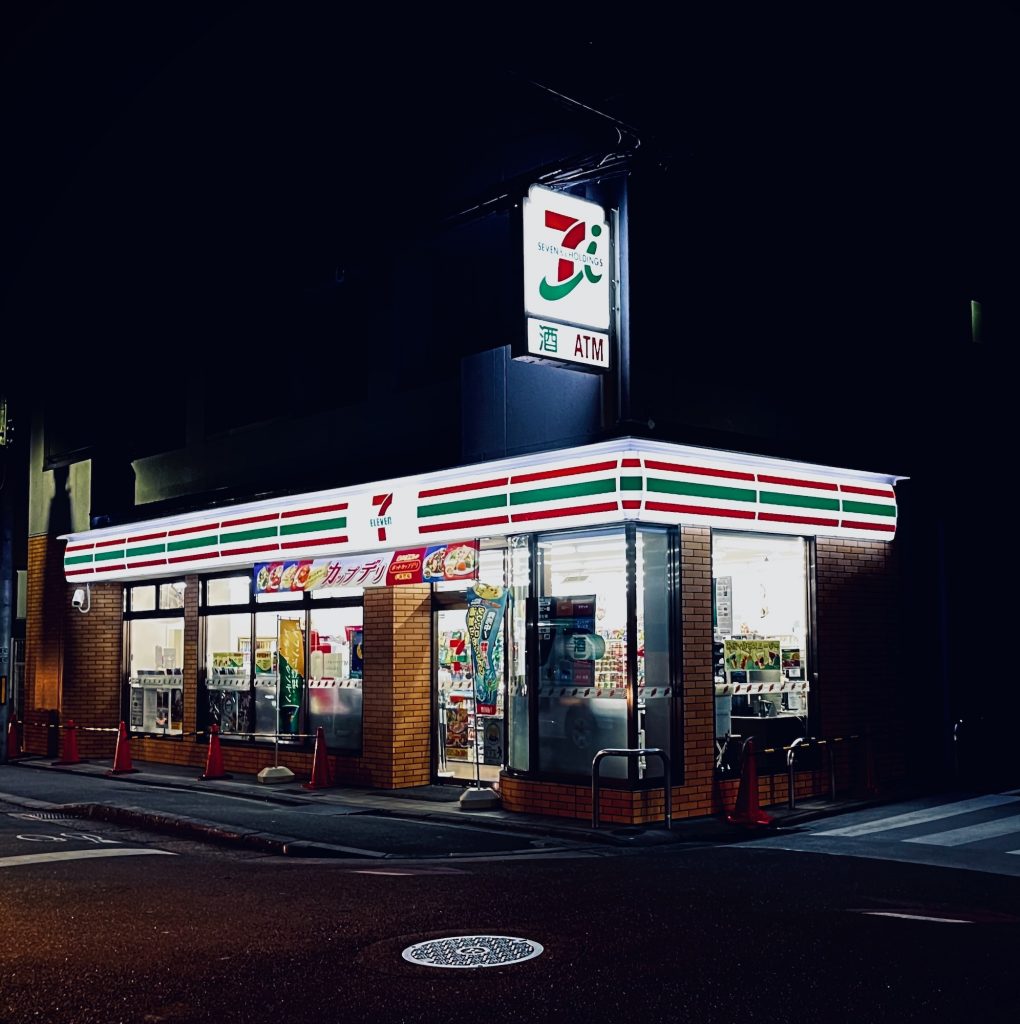
One of the top reasons I would return to Japan is the convenience stores, or konbini. There, you can buy ready-to-eat food, snacks, drinks, cigarettes, access printers, withdraw money, and get coffee. I survived three months with coffee from either Family Mart or 7/11, which isn’t espresso, but I must say it’s better than most other coffees I’ve had.
Convenience stores are also great for using toilets, as most of them have public restrooms that do not require you to make a purchase.
In general, all the brands are almost the same and sell more or less the same stuff. Whether it’s 7/11, Family Mart, Lawson, or another brand, I recommend going inside and trying some unique food items that you won’t find anywhere else.
Luggage
If you’re traveling around Japan, you might think you need to carry your luggage with you everywhere. However, that’s not necessary. In Japan, most hotels and airports offer a service to ship your luggage to your next destination. You can even ask them to store it for you if you need to go somewhere else and then return. For more information, ask at your hotel or look for “Yamato Transport” services at the airport. This convenient service can make your travels much easier and less cumbersome.
Bonus Section
How Many Days Are Enough?
The number of days you’ll need depends on what you want to visit. If you’re planning to see Tokyo, Osaka, Kyoto, and Nara, I suggest considering at least 10 days, including travel days. However, adding a few more days would be beneficial to avoid feeling rushed and to fully enjoy each location.
What to Visit in…
Here are some of my personal recommendations for places to visit around these cities. I suggest planning what you want to see and then decide if it’s worth adding the suggestions listed below.
Tokyo
Beyond the usual attractions like Ginza and Shibuya, here are some personal favorites:
- Yurikamome Line at Sunset: Start from Shimbashi Station and head to Odaiba-Kaihinkōen. The journey itself is a spectacle as the train weaves through buildings and crosses the Rainbow Bridge. In Odaiba, visit the beach for stunning views of the Rainbow Bridge and Tokyo skyline. Don’t miss the Statue of Liberty replica and the Gundam statue.
- Art Aquarium Museum in Ginza: This unique museum showcases small fish and jellyfish in intricately shaped containers, offering a blend of art and marine life.
- National Garden and Golden Gai in Shinjuku: Spend some time in the serene National Garden before heading to Golden Gai at night for a drink amidst its bustling, narrow alleys.
- Shin-Kōenji for Vintage Shopping: If you have a few hours, take the Marunouchi Line to Shin-Kōenji Station. Nearby Shinkoenji Street is lined with vintage clothing shops, perfect for finding unique items.
- Tokyo Tower vs. SkyTree: Choose one for a panoramic view of the city. I personally recommend Tokyo Tower for its historical significance and iconic status, though both offer similar experiences. Doing both might not be worth your time unless you specifically want to compare views.
Osaka

I recommend you visit the teamLab Botanical Garden and the aquarium for a unique and immersive experience with nature and technology.
As for Universal Studios, whether it’s worth the visit can depend on your expectations. The park in Osaka isn’t as extensive as the one in Orlando. It’s typically very crowded, and without a skip-the-line ticket, you might find yourself waiting about 40 minutes on average for a ride. The Nintendo World section is a highlight, offering a fun experience, though it’s not overwhelmingly impressive and access is limited.
For dining, don’t miss Harukiya. It offers, hands down, the best salmon nigiri I’ve ever tasted. Make sure to try it when you’re there.
Is Japan safe?
Japan is one of the safest countries in the world. You won’t need to worry about pickpockets or being robbed.
However, be mindful that some places have strict rules about photography, and smoking in public places, including on the streets, is generally forbidden.
Earthquakes are quite common, but they shouldn’t be a major concern for visitors. If you want to be extra cautious, consider downloading the government’s Safety Tips app.
Speeding up the immigration process
Before arriving in Japan, register on this specific website and complete all your information. You will receive a QR code that can be scanned at immigration checks at the airport to speed up the process.
These are some of my tips to help you prepare for your visit to Japan. I will update this article as more ideas come to mind.
If you want to comment or contact me, please reach out to me on Twitter or LinkedIn.